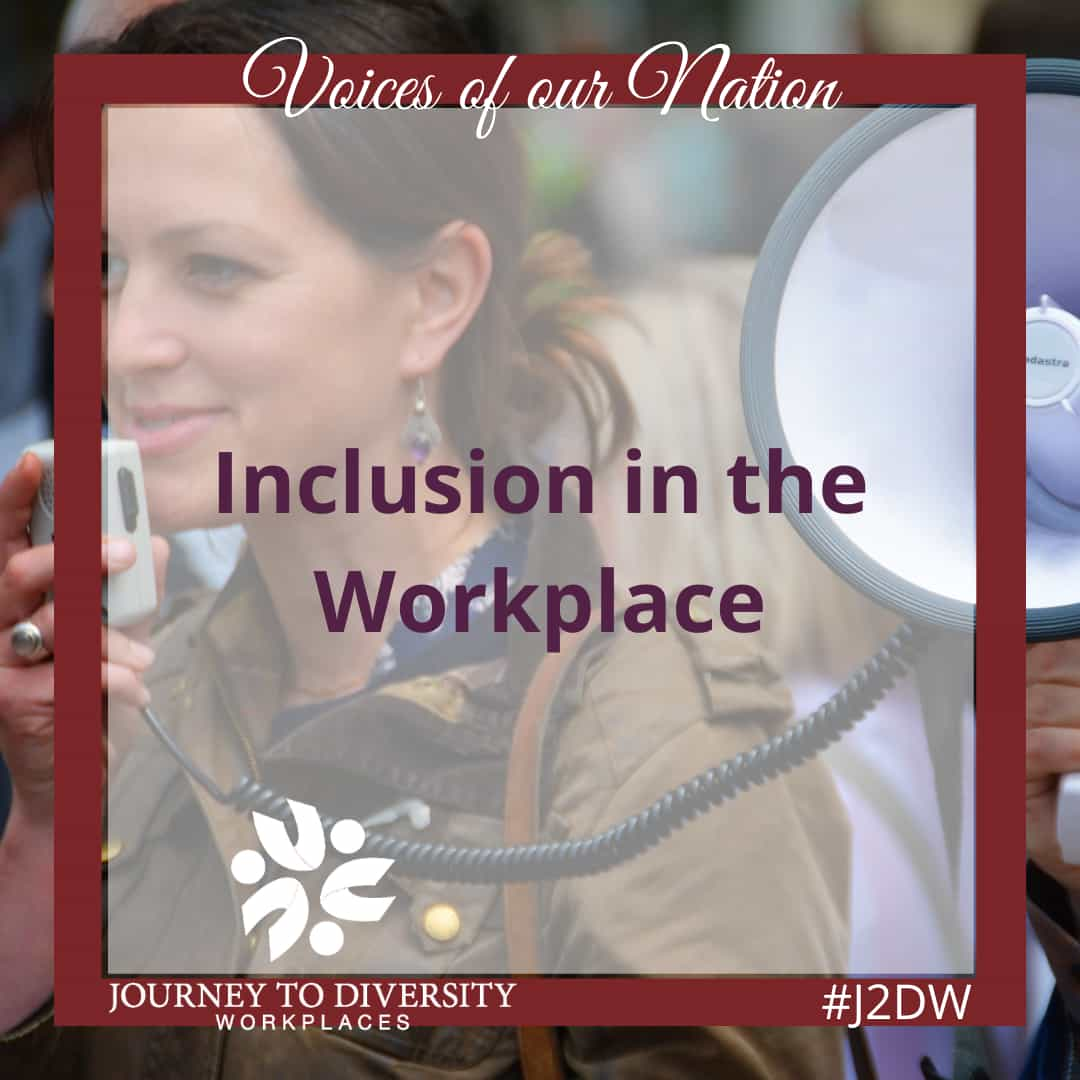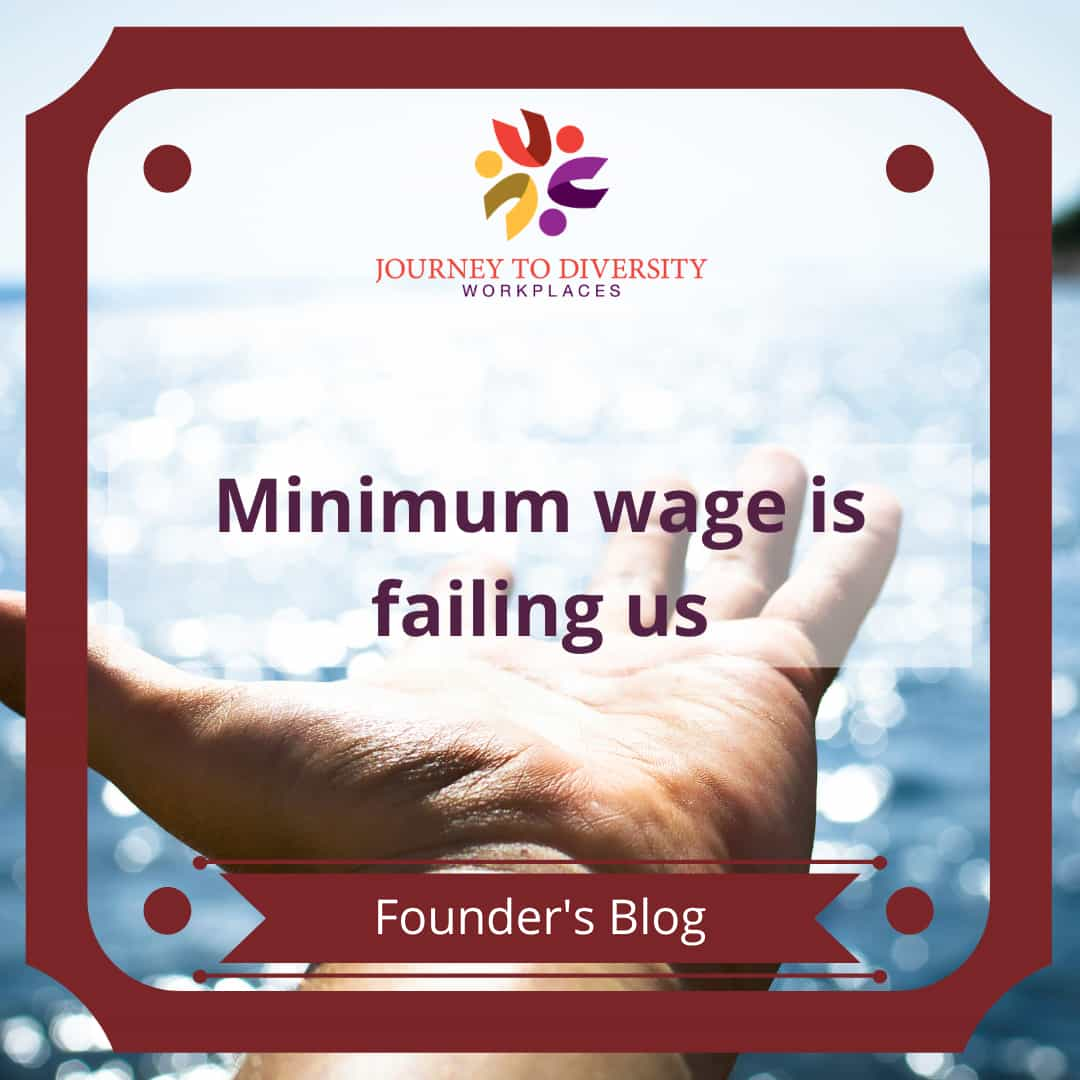There are various safety issues that workplaces must effectively address. Due diligence is the level of judgement, care, prudence, determination, and activity that a person would reasonably be expected to do under particular circumstances. Due diligence means that employers must take all reasonable precautions, under the particular circumstances, to prevent injuries or accidents in the workplace. This duty also applies to situations that are not addressed elsewhere in the occupational health and safety legislation. Reasonable precautions are also referred to as reasonable care. It refers to the care, caution, or action a reasonable person is expected to take under similar circumstances. Employers must do what is reasonably practicable to ensure the safety of their employees. Reasonably practicable means taking precautions that are not only possible, but that are also suitable or rational, given the particular situation. Workplaces must implement policies that will create a safe workplace environment for each employee. Employer must implement a plan to identify possible hazards and carry out the appropriate actions to prevent accidents or injuries from occurring in the workplace.
Harassment is a serious issue that needs to be properly addressed to allow workplaces to function more effectively. Harassment can make an employee feel unsafe in workplaces and can be a form of discrimination. Harassment involves any unwanted physical or verbal behavior that offends or humiliates someone. Harassment is a harmful behavior that usually persists over time. However, serious one time incidents can also sometimes be considered as harassment. Physical harassment in the workplace takes many forms. Sexual assault is one form of widely known physical harassment. Unlike physical harassment, emotional harassment is unnoticeable and also viewed as being more socially acceptable. One common form of emotional abuse in workplace is bullying. Workplace bullying is a long lasting, escalated conflict with frequent harassing actions aimed at a targeted person. All employees should be expected to act professionally and respectfully toward each other and to speak out against unacceptable behaviours in the workplace in a skillful and sensitive manner.
A poisoned work environment refers to a workplace where comments or behaviors create a hostile or offensive environment for individuals or groups and negatively affects communication and the workplace productivity. Policies should be implemented that eliminate harassment and allow every employee to feel safe within their workplace. 28% of Canadians have reported experiencing sexual harassment in their place of work. Women are three times as likely than men to experience a form of harassment. Young men are the least likely to have such experiences while 47% of middle-aged Canadian women reported being harassed in the workplace. Workplaces should implement a strong anti-harassment policy prohibiting harassment and include a description of disciplinary consequences that will be applied. Training can be provided to educate employees harassment and remind employees of the importance of maintaining a harassment free workplace. The benefits of harassment prevention training programs include establishing a more employee-friendly work environment. From a management perspective, this training reduces the chance of legal action against the workplace based upon a harassment complaint. It can be possible to create a safe workplace environment where harassment decreases while the level of employee productivity is increased when the employees feel comfortable and respected.
Source: Statistics Canada
This article was contributed by volunteer blogger Shan Simpson.




 Profiles of Diversity is a series in which we profile in each post one of the members of our Board of Directors.
Profiles of Diversity is a series in which we profile in each post one of the members of our Board of Directors. Profiles of Diversity is a series in which we profile in each post one of the members of our Board of Directors.
Profiles of Diversity is a series in which we profile in each post one of the members of our Board of Directors. Profiles of Diversity is a series in which we profile in each post one of the members of our Board of Directors.
Profiles of Diversity is a series in which we profile in each post one of the members of our Board of Directors.

